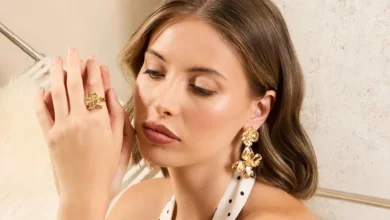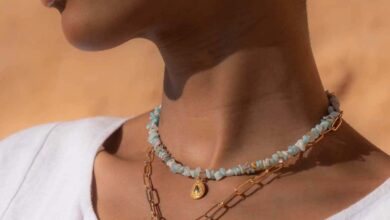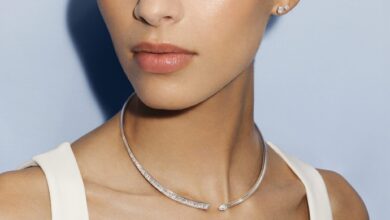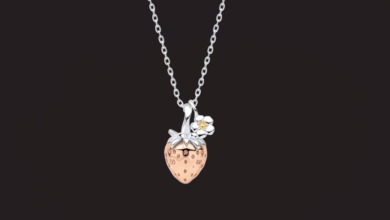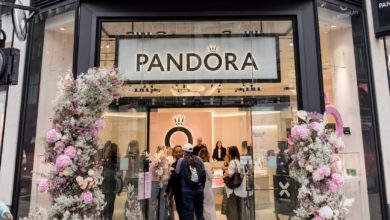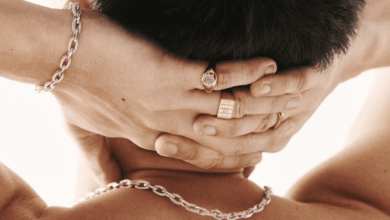Study finds diamonds are still the favoured gem among female Brits
The research also suggests that when it comes to self-gifting, shoppers are much more generous with themselves than with a family member or spouse
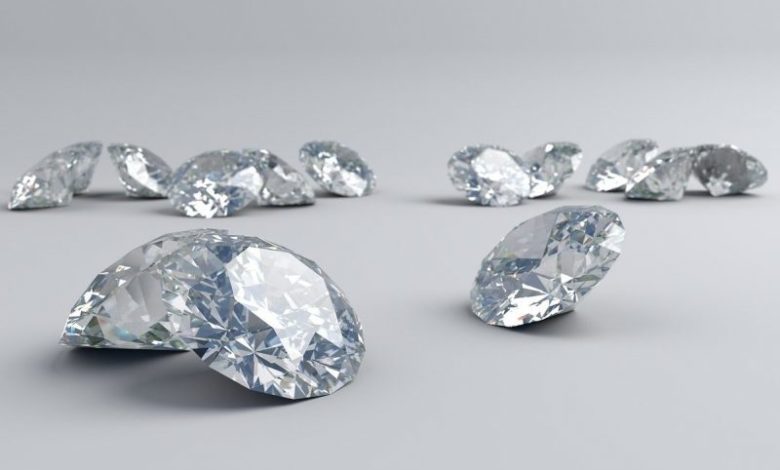
Research shows diamonds are still the favoured gem for female Brits with tanzanite coming in second according to UK online jewellers Gemporia.
The research was conducted amongst 1,866 women across the UK, aged between 18-80, and revealed that nearly a quarter (22%) of respondents chose diamond as their top gem, with even more in Wales (30%) choosing it as their favourite.


